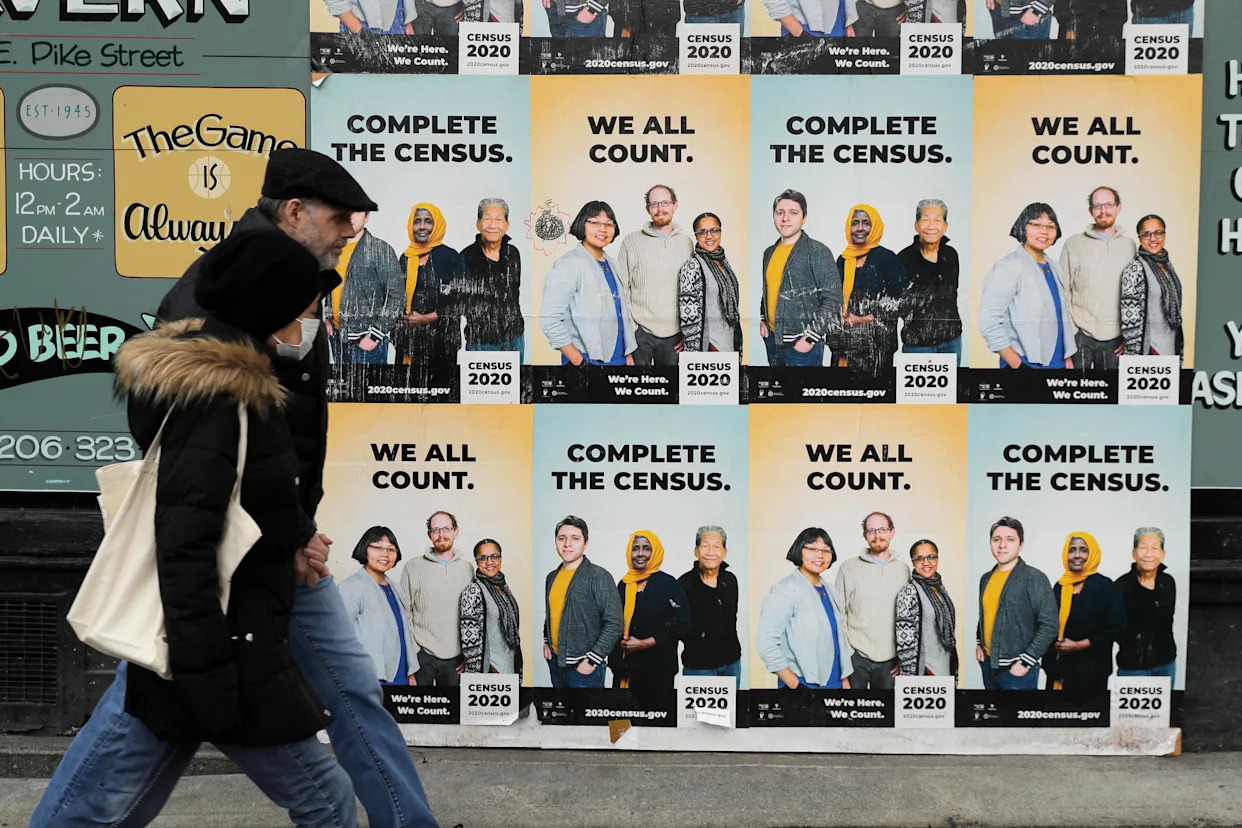
President Trump on Thursday said he had instructed the Department of Commerce to "immediately begin work on a new and highly accurate" census that would exclude undocumented immigrants.
But the census is a massive undertaking and has huge repercussions nationally, including on congressional seat alignment — so it's not something that can be changed quickly. In fact, the Census Bureau said it began planning the 2030 census in 2019.
CBS News has reached out to the Commerce Department for comment on Mr. Trump's post.
Here's what to know about the census process:
The Constitution requires the Census be taken every 10 years
Per Article I, Section 2: "The actual enumeration shall be made within three years after the first meeting of the Congress of the United States, and within every subsequent term of ten years, in such manner as they shall by law direct." Congress codified the decennial census into law in 1954. The Constitution also mandates that reapportionment (the designation of how many Congressional seats a state gets) happens every 10 years, in line with the Census. Redistricting then uses that apportionment and then states are supposed to redraw lines every 10 years, when they know how many Congressional seats they will have for the decade.
The actual data collection for the 2030 Census is supposed to start in ... 2030
It's a long process to design the Census process, send out the Census forms and then have enumerators physically go out to collect the rest of the data for people who don't mail their form back or fill it out online. The Bureau says they started planning for the 2030 Census in 2019. But the actual surveys and collection of data at a large scale begins on Census Day, April 1 of each decade year. Currently, the bureau's timeline has them in the "Development and Integration Phase" which includes more design planning, and small-scale field tests.
Citizenship question in the Census?
In Mr. Trump's first term, his administration tried to add a citizenship question to the 2020 census, but that was rejected in a 5-4 decision by the Supreme Court. But that decision kept the door open to including that question in the future, but concluded that the reason given by the administration and then-Commerce Secretary Wilbur Ross was "contrived" and "pretextual." Because of a tight timeline for when Census forms had to be finalized in 2019, the Trump administration didn't have time to appeal and find another avenue to get the citizenship question on the Census. With Census collection for 2030 still years away, there's a longer runway to legally try and get a citizenship question on the form.
The Census Bureau does take annual surveys/data gathering, but not for population count that would impact redistricting
Since 2005, the Bureau conducts the "American Community Survey" every year to collect social, economic, housing and demographic information from a sample of households in all 50 states. This survey does ask about place of birth, citizenship and year of entry into the U.S. But the Bureau maintains that the data remains anonymous.
"No one is able to figure out your survey answers from the statistics we produce," the Census website states.
Is political party collected in the Census?
No. There is a monthly survey sponsored by the Bureau of Labor Statistics that the Census Bureau conducts that does measure this in election years and then after an election. But the decennial Census does not ask about political party, income or religion.
Black, Latino and Indigenous populations were undercounted in the 2020 census
The Bureau and experts cited delays caused by COVID-19 and a chilling effect by Mr. Trump's attempt to introduce a citizenship question on the Census form, as the reason for the undercount. Latinos saw about a 5% undercount in 2020, compared to 1.54% in the 2010 Census. The undercount rate for the Black population was 3.3% in 2020, compared to 2% in 2010. Overall, the Census Bureau's post-enumeration survey found that there was a net coverage undercount of 0.25% or 782,000 for the nation.
How do Congressional seats work with the Census?
In 1911, Congress set the number of seats at 435, a number which was permanently set by the 1929 Permanent Apportionment Act. The number of seats each state gets is determined by population, with a minimum of one. California has the most with 52, followed by Texas with 38 and Florida with 28.
Given population changes, the number of Congressional seats each state gets is determined by the census. Florida Gov. Ron DeSantis in July suggested that the census should be redone since he believed Florida should have gotten two new seats instead of just one.
Based off the number of seats each state receives, the Congressional districts are then set, either by the state legislature or an independent commission. Mr. Trump is currently locked in a redistricting battle in Texas, where he has instructed the state's Republicans to redraw the districts to give the GOP an advantage in up to five more seats.
The very public battle in Texas has led to California Gov. Gavin Newsom saying he too could redraw the map for Democrats, and has also led several other states to start looking at creating new districts for partisan advantage.
Sneak peek: The Strange Shooting of Alex Pennig
Neil deGrasse Tyson weighs in on plans for a moon-based nuclear reactor
Former acting FBI Director Brian Driscoll, other officials to be fired, sources say

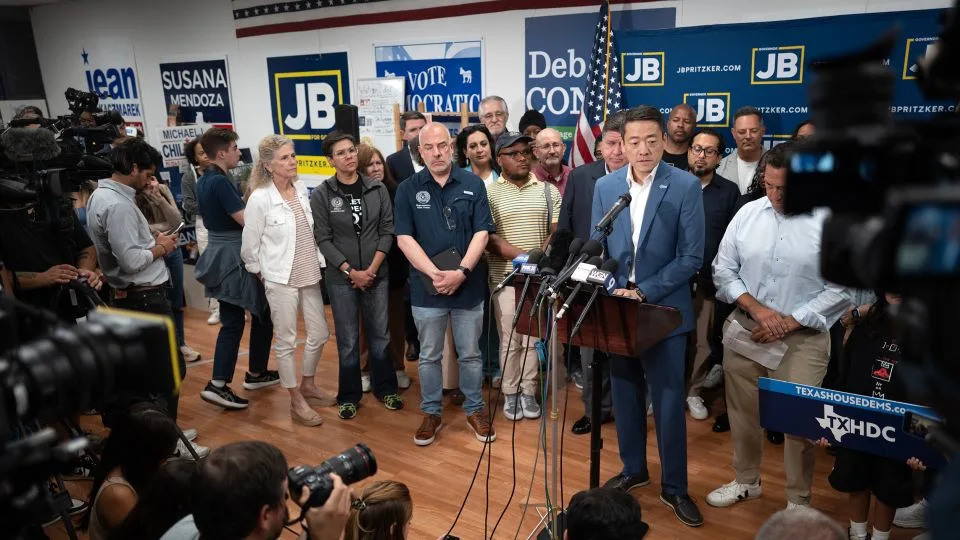
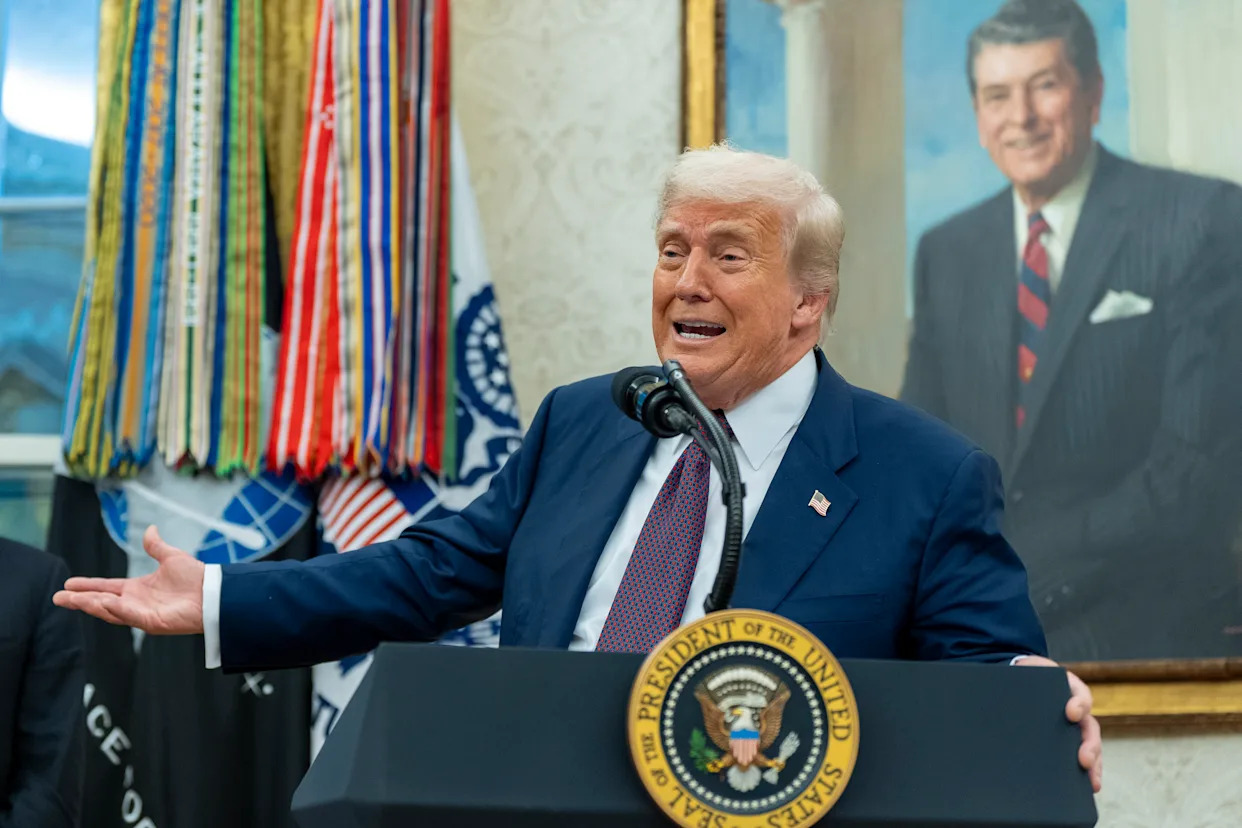
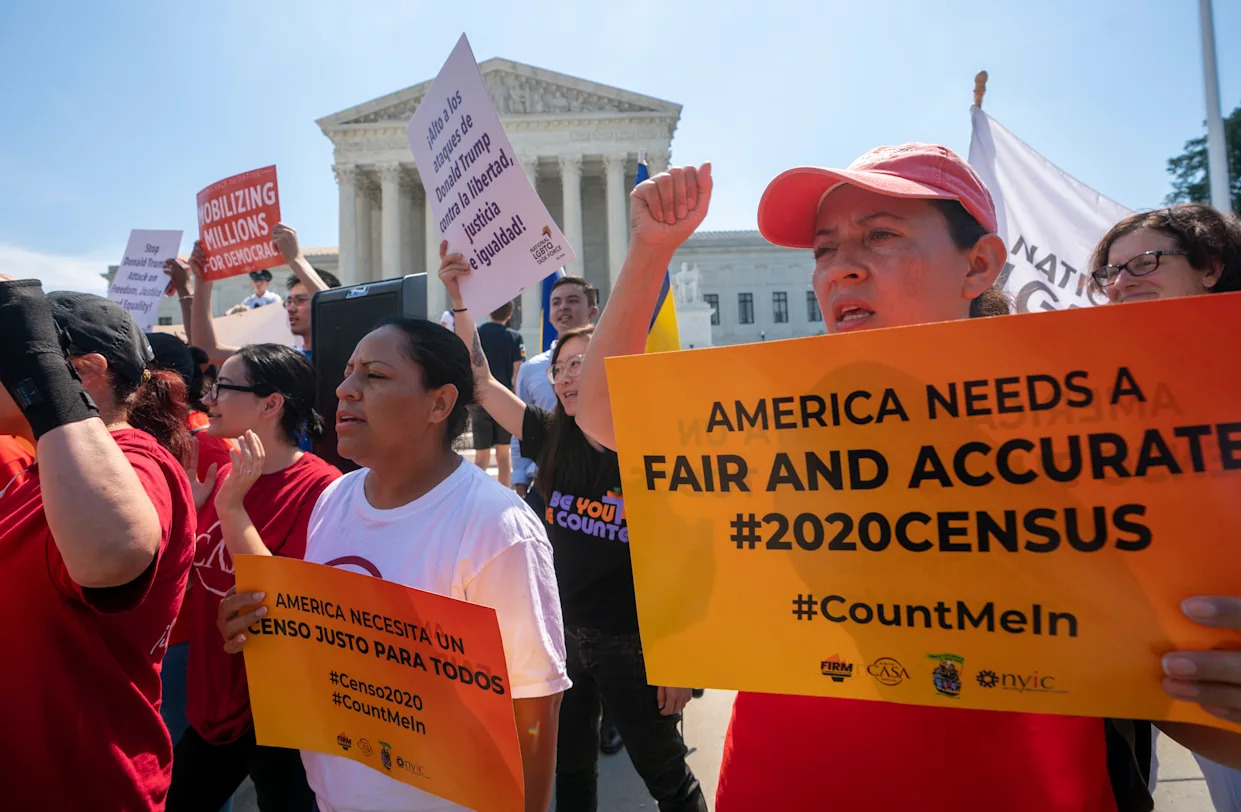
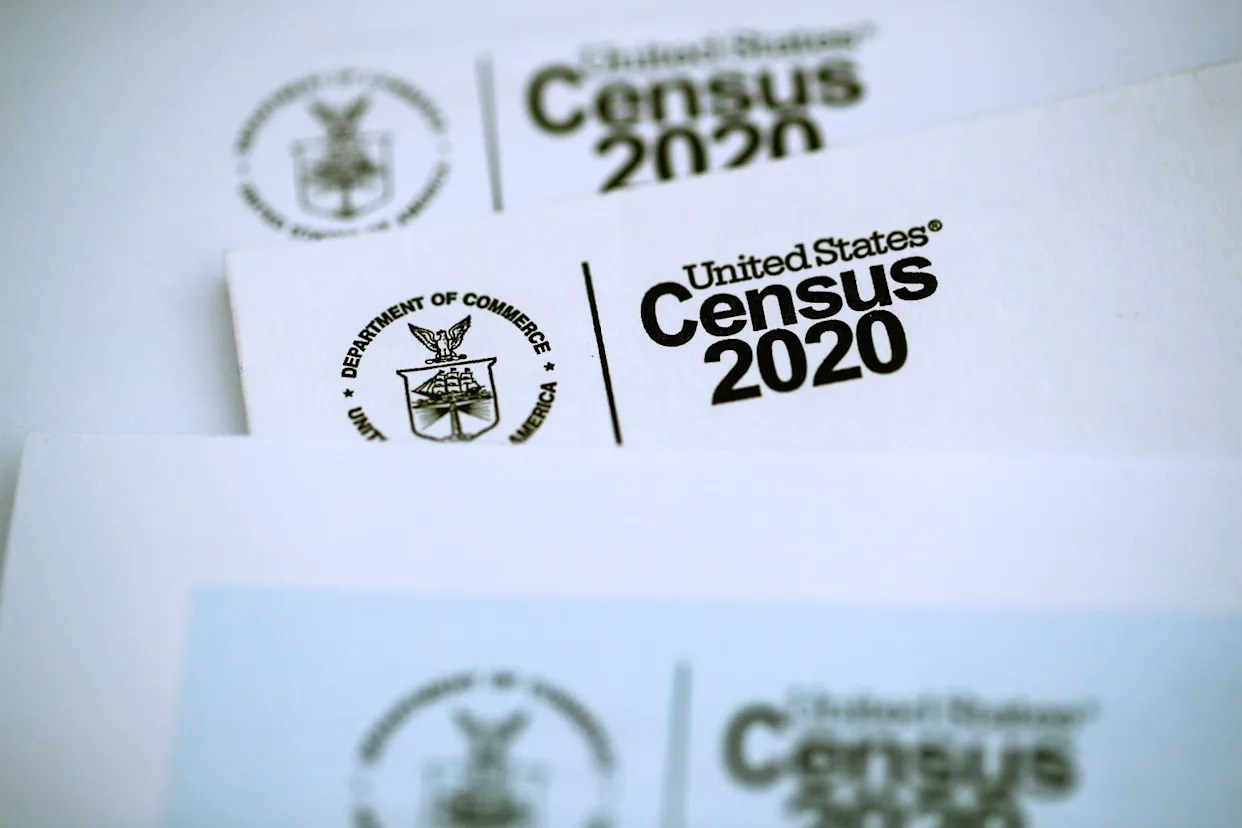
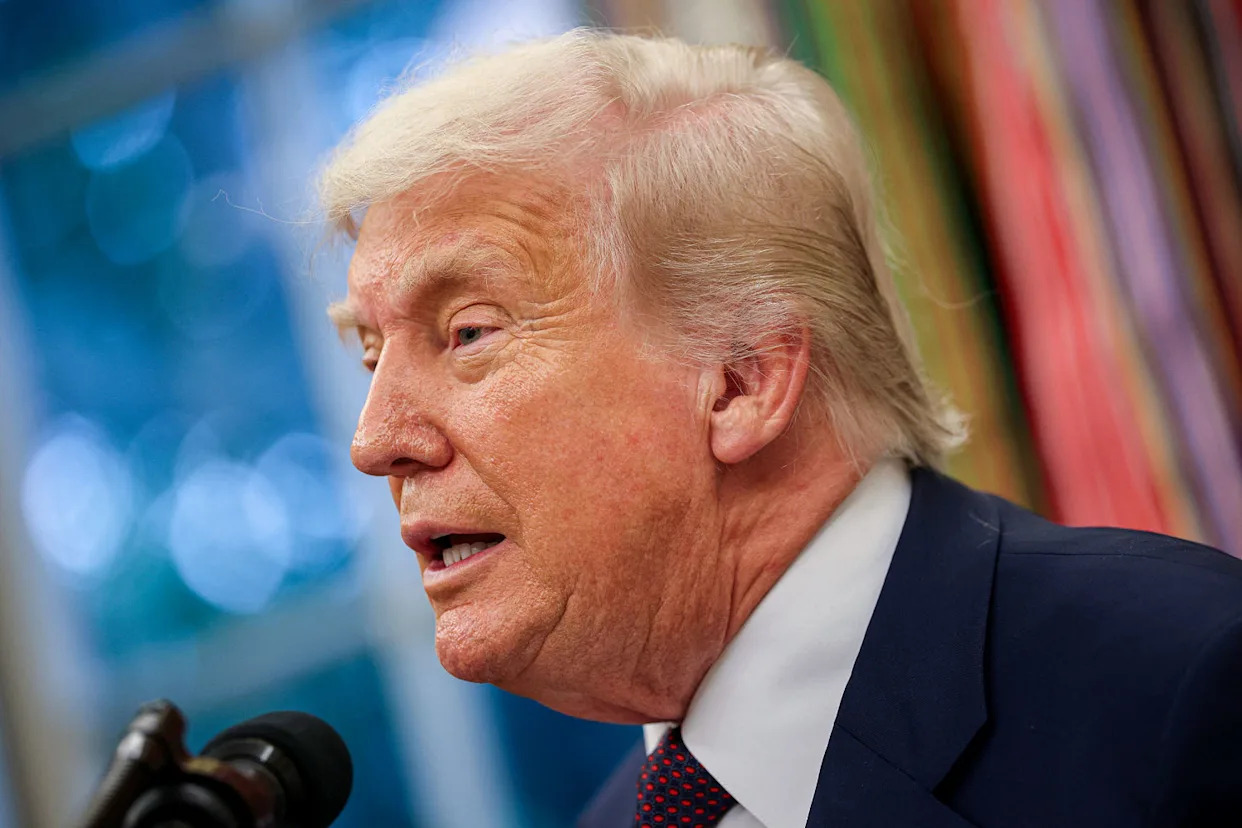

Comments